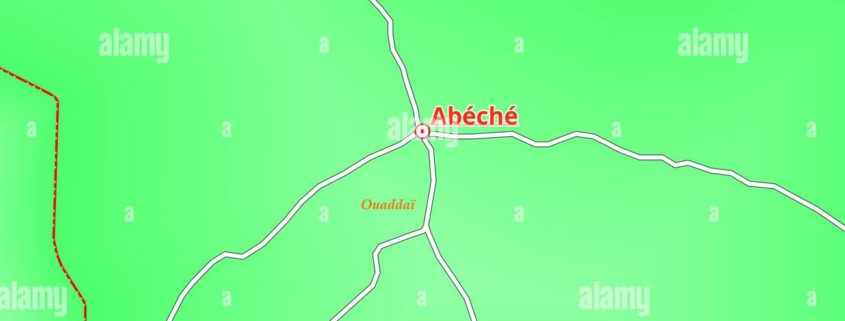Problems of access to drinking water in the town of Abéché in Chad
The population growth and the extensions of the urban fabric of Abéché city have evolved very quickly, making access to drinking water difficult for the population. This is at the root of several social and environmental issues.
In these conditions, this study presents an overview of the current state of access to drinking water in Abéché by evaluating the quality of water consumed in households. To achieve this goal, three approaches have been mobilized.
The literature review on access to drinking water helped narrowing the subject. A random survey of a sample of 555 households was used to assess the state of access to water in the city. Physical and chemical analyzes of six rainwater samples and 24 well water samples were made.
The results highlight there are several water supply modes in Abéché: wells, boreholes, the STE, watercourses and rains. 44% of the water supply comes from wells, 19% from the STE and 31% from the standpipes.
Boreholes, watercourses and rainfalls respectively provide 3.7%, 1.2% and 1.1% of the well water supply. Waste management, water household management and sanitation are factors of drinking water pollution.
Diarrhea and typhoid fever are the most common waterborne diseases (60%). They are followed respectively by dermatoses (24.31%) and conjunctivitis (8.48%). The physicochemical analyzes show a basic character of the rainwater and a conductivity and weak turbidity of the well water.
Therefore, a program of development, treatment, and sanitation of water sources is essential to prevent the population of waterborne diseases.
Keywords:
drinking water, access, water quality, waterborne diseases, Abéché
https://journals.openedition.org/vertigo/41041

 AFWASA
AFWASA
 AAEA
AAEA AFWASA
AFWASA
Leave a Reply
Want to join the discussion?Feel free to contribute!